Srinivas Garlapati
University of Louisiana at Monroe
Project Title
Mechanism of translation initiation in protozoan parasite Giardia lamblia
Mentor
Yong-Hwan Lee, Louisiana State University
Funding Periods
Full Project (May 1, 2019 - April 30, 2022)
Pilot Project (May 1, 2017 - April 30, 2018)
Startup Project (May 1, 2015 - April 30, 2017)

Abstract
Translation initiation factor eIF4F is essential for cap-dependent translation initiation in eukaryotes. eIF4F is a trimeric complex consisting of a scaffold protein eIF4G, cap-binding protein eIF4E and DEAD-box RNA helicase eIF4A. eIF4F binds to the 5’ cap structure of the mRNA through eIF4E and facilitates the binding of the preinitiation complex (PIC) via protein- protein interactions of eIF4G with eIF3 in mammals or with eIF5 in yeast. In Giardia, homologs for eIF4E (GleIF4E2) and eIF4A (GleIF4A) have been identified but not for eIF4G. To address how PIC is recruited to the 5’ end of the mRNA in the absence of eIF4G homolog, we have used yeast two-hybrid assays to identify potential interactions of GleIF4E2 with the components of the PIC. The results show that GleIF4E2 can interact with the β subunit of the initiation factor GleIF2, a `component of the PIC. ZDOCK modeling of the GleIF4E2-GleIF2β complex revealed that the dorsal side of GleIF4E2 is likely involved in binding to GleIF2β. Site-directed mutagenesis of the ZDOCK predicted residues of GleIF4E2 disrupted of its interaction with GleIF2β. These results suggest that GleIF4E2 can facilitate the recruitment of the PIC to the 5’end of the mRNA by interacting directly with PIC. The role of GleIF4A in translation initiation in Giardia is not clearly understood. Interestingly, Pateamine A, a specific inhibitor of human eIF4A, inhibited the growth of Giardia in a dose-dependent manner, suggesting that the activity of GleIF4A is probably required for translation. Using yeast two-hybrid assays, we have identified a novel interaction of GleIF4A with i subunit of the initiation factor GleIF3 (GleIF3i), another component of the PIC. Site-directed mutagenesis of ZDOCK predicted residues in N- terminal domain of GleIF4A disrupted its interaction with GleIF3i. These results indicate that the GleIF4A can also interact directly with the components of the PIC.
